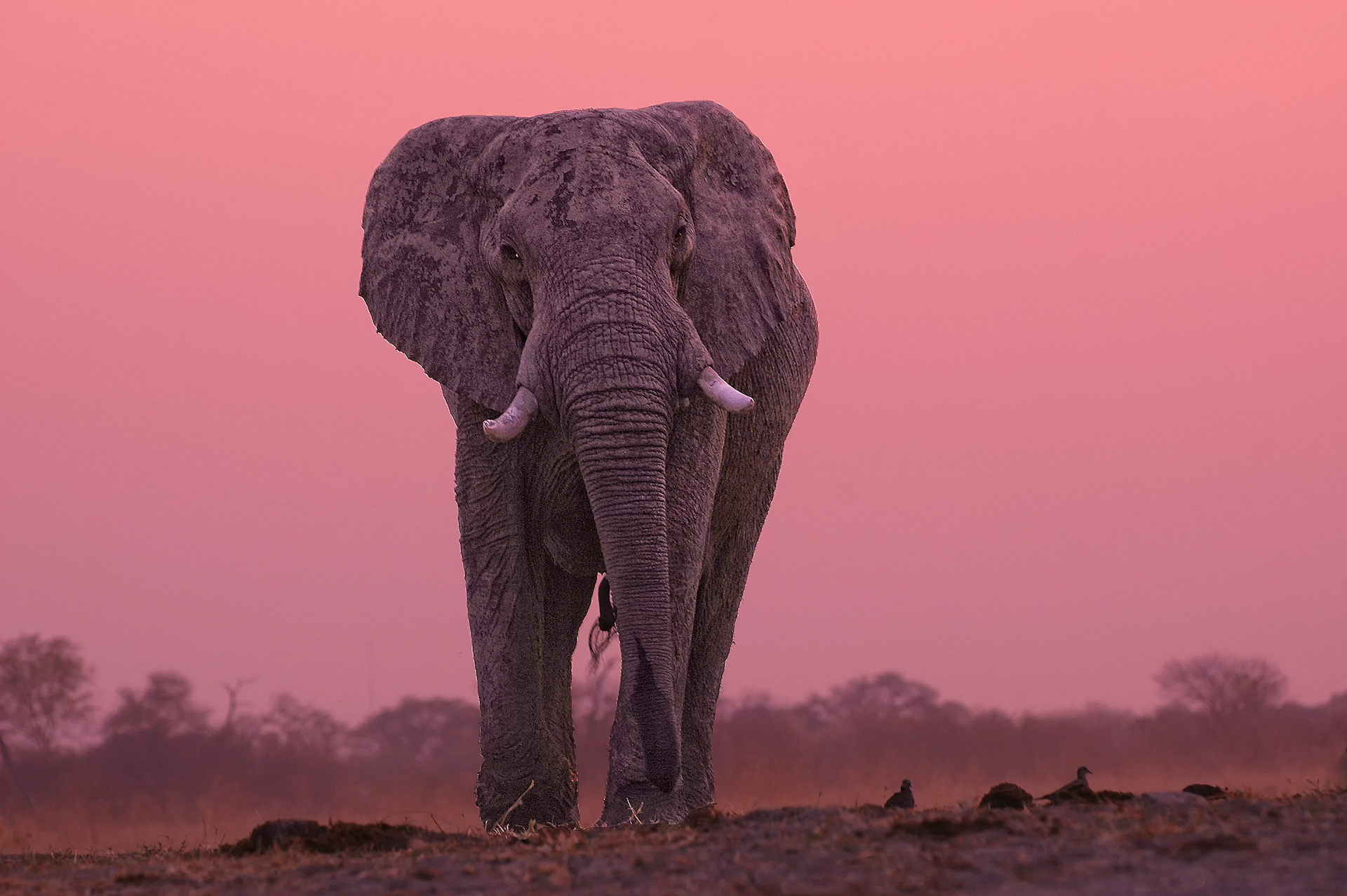


The women wear skirts and leave their upper body bare. They wear traditional clothes, eat traditional foods and even practice traditional religions. The Himba tribe in the Kunene region of the country have strongly clung to their traditional ways and beliefs. Fact number 8 - The most fascinating Namibia Tribes Researchers have determined that the canyon was formed at least 500 million years ago through water and wind erosion, coupled with the collapse of the valley floor. The Fish River Canyon, located close to the border with South Africa, is also the oldest in the world. Fact number 7 - Namibia is also home to the second-largest canyon in the worldį ish river canyon Namibia adventure | Credit: Getaway Magazine Fact number 6 - Namibia has the largest population of free-roaming cheetahs in the worldĪt the Cheetah Conservation in Namibia, you can run across one of the 3,000 or so free-roaming cheetahs in the country. The San have resided in Namibia for more than 6,000 years, and there is more than enough rock art to confirm this. These hunter-gatherers – like the Ju/'Hoansi, Kxoe and the Kung – have travelled across the vast plains of Southern Africa for thousands of years until migrants armed with arms looking for new land to graze their animals and plant their food, driving them further and further east into the Kalahari Desert. The first known inhabitants of Namibia are the San (Bushmen) who belong to the Khoesan people. Fact number 5 - Namibia has one of the largest concentrations of rock art in Africa

Remains from this meteorite shower are exhibited at Windhoek, Namibia's capital city. The Gibeon meteorite shower occurred in prehistoric times in central Namibia. In fact in Namibia, an unknown number have been collected but never recorded. To date, some 120 specimens with a weight of almost 25 tons have been recorded. Most of the pieces fell just southeast of Gibeon. The Gibeon meteorite shower is the largest known meteorite shower on Earth, covering a wide elliptical area of some 275 by 100 kilometres, centred on Brukkaros south of Mariental. Fact number 4 - World’s most extensive meteorite shower Dune 7 received its name by being the 7th dune on the Tsauchab River. In fact, This honour is bestowed on Dune 7, which was measured at 388m.

If you want the ultimate bragging rights, take a lot of water and hike to the top of Big Daddy where you can look down onto Deadvlei.īig Daddy may be the highest dune in the Sossusvlei region at 325 meters, but it is not the highest in the Namib Desert. This colossal dune is found between Sossusvlei and Deadvlei, and the other dunes dwarf at 325 meters. Fact number 3 - Namibia has some of the highest sand dunes in the worldīig Daddy is the highest dune in the area of Sossusvlei. The most common spoken languages used in households are Oshiwambo dialects, 49 per cent of the population are Khoekhoegowab 11 per cent, Afrikaans 10 per cent, RuKwangali 9 per cent and Otjiherero 9 per cent. In fact, Portuguese was spoken by 4–5 percent of the total population. English is the recognized official language of Namibia. Namibia has a population of close to 2.4 million, and the citizens speak up to 30 languages. In fact, English is the official language, but Namibia's comparatively small population is actually extremely diverse in language and culture. More than 11 languages are native to Namibia, but with its cosmopolitan culture, languages from all across the world are spoken in Namibia. Fact number 2 - Namibia has 30 languages that are spoken in the countryĪnother fact about Namibia is that it has a remarkable diversity of spoken languages: about 30 overall. An interesting fact about Namibia is that the thick fogs are common along the coast, and they are the desert's lifeblood, providing enough moisture for a variety of interesting, well-adapted animal species to thrive. The south of the desert is very dry, with no dry riverbeds the gemsbok is the only large mammal that can survive in this harsh climate. Scenic photo of dunes in the Namib Desert, Namibia A few ungulates, such as Hartmann's zebras, live in these vegetated riverbeds. The Namib Desert, the world's oldest desert, has been around for at least 55 million years, devoid of surface water but bisected by many dry riverbeds. Shifting sand dunes, gravel plains, and rugged mountains make up this extremely arid ecoregion. We have listed 10 fun facts about Namibia, that might just inspire you to go on a Namibia safari: Fact number 1 - Namibia is home to the world’s oldest desert Primates and wildlife of Uganda and Rwanda Tanzania - medium budget, maximum game viewing


 0 kommentar(er)
0 kommentar(er)
